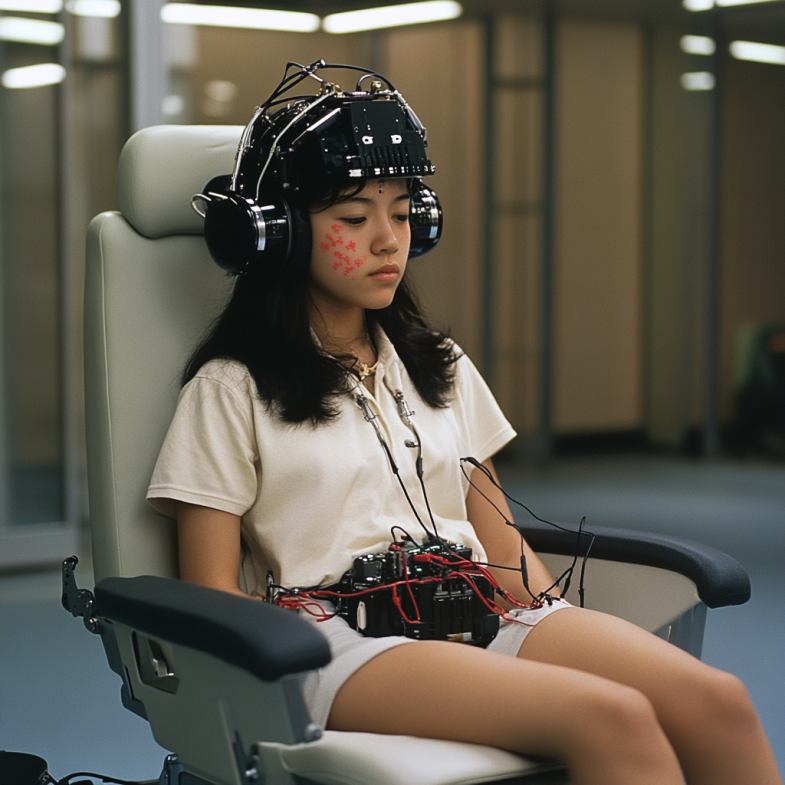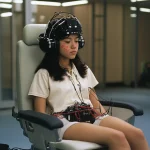Brain-Machine Interfaces (BMIs) are technologies that allow the human brain to interact with external devices. These systems use brain signals to control computers, robots, and other devices, opening up new horizons in medicine, education, sports, and other fields. As technology advances, BMIs are becoming more accessible and functional, allowing people with disabilities to lead full lives and opening up new opportunities for everyone. In this article, we will look at how brain-machine interfaces work and what prospects they open up.
Chapter 1: Brain-Machine Interface Basics
What is a BMI?
A brain-machine interface (BMI) is a system that allows the human brain to interact with external devices without using traditional input methods such as a keyboard or mouse. These systems can be used to control computers, prosthetics, cars, and even home appliances. The basic idea is to convert brain signals into commands that can be understood and executed by devices.
How do BCIs work?
The main component of a BCI is a sensor that records the electrical activity of the brain. These sensors can be invasive (implanted into the brain) or non-invasive (placed on the surface of the head). Once the signal is recorded, it is processed by artificial intelligence (AI) algorithms that recognize certain patterns of brain activity and convert them into commands to control devices.
Non-invasive BCIs most often use electroencephalography (EEG), which records electrical signals from the surface of the head through special helmets or headbands. Invasive BCIs require surgery to place electrodes directly into the brain, which allows for higher accuracy and data transfer speed.
Chapter 2: Examples of BCI Applications
Medical Applications
One of the most important areas of BCI application is medicine. These systems can help people with disabilities regain lost functions. For example, bionic prostheses controlled by BCIs allow amputees to move their arms and legs using only their thoughts. BrainGate has developed a system that allows paralyzed patients to control a computer cursor and even write texts using their thoughts.
Education and Training
BCIs are also finding applications in education and training. These systems can be used to create interactive learning programs that are tailored to the individual needs of each student. For example, the Neurable system is developing technologies that allow users to control virtual objects using mental commands. This can be useful for learning new skills, such as controlling robots or simulating complex processes.
Sports and Entertainment
BCIs are also beginning to penetrate the world of sports and entertainment. For example, NextMind has developed a device that allows users to control game elements using their thoughts. This has opened up new possibilities for creating unique gaming experiences and virtual reality. In addition, BCIs can be used to analyze the state of athletes during training and competitions, which allows optimizing their performance and preventing injuries.
Chapter 3: Benefits and Challenges of BCIs
Benefits
One of the main benefits of BCIs is the ability to provide new opportunities for people with disabilities. These systems can help them regain lost functions and return to normal life. In addition, BCIs can be used to improve productivity and efficiency at work, in education, and in entertainment. They open up new horizons for technology development and create a foundation for future innovations.
Challenges
However, the development of BCIs is associated with a number of challenges. One of the main ones is ensuring data security and privacy. Since BCIs record brain signals, there is a risk of leaking personal information that can be used by attackers. To solve this problem, it is necessary to develop reliable data protection systems and ensure compliance with privacy laws.
Another challenge is achieving high accuracy and speed of data transfer. Although modern BCIs have already achieved significant success, they cannot yet completely replace traditional input methods. To achieve this, further technological development and the creation of more advanced AI algorithms are required.
Chapter 4: The Future of BCI
Improving Accuracy and Speed
In the future, we can expect significant improvements in the accuracy and speed of data transfer in BCIs. The development of new materials and technologies will allow the creation of more sensitive sensors that can detect weaker brain signals and convert them into to communicate them into commands with minimal latency. This will make BCIs more convenient and functional, allowing them to be used in a wide range of applications.
Advanced Capabilities
As technology advances, BCIs can gain advanced capabilities. For example, they can be used to control multiple devices simultaneously, making them even more versatile. In addition, BCIs can be integrated into everyday devices such as smartphones, laptops, and smart homes, allowing users to control them with the power of thought.
Ethical Issues
The development of BCIs also raises a number of ethical questions. For example, should these technologies be used to control human consciousness? How can we ensure fair access to these technologies and prevent their abuse? Answering these questions will require a joint effort by scientists, politicians, and the public to create the right regulations and ethical standards.
Brain-machine interfaces open up new horizons for human-machine interaction, providing unique opportunities to improve the quality of life and advance technology. However, for their successful implementation, many technical, legal and ethical issues need to be resolved. It is important to remember that the implementation of these technologies should be aimed at the benefit of society and take into account the interests of all its members.






